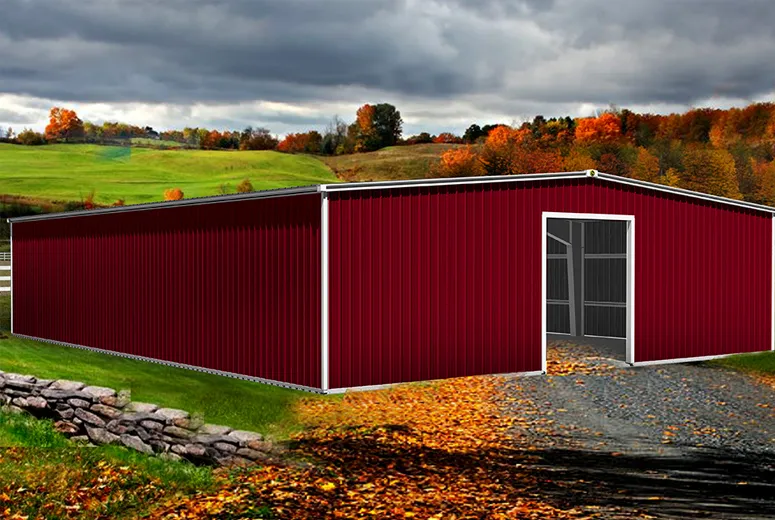- Afrikaans
- Albanian
- Amharic
- Arabic
- Armenian
- Azerbaijani
- Basque
- Belarusian
- Bengali
- Bosnian
- Bulgarian
- Catalan
- Cebuano
- Corsican
- Croatian
- Czech
- Danish
- Dutch
- English
- Esperanto
- Estonian
- Finnish
- French
- Frisian
- Galician
- Georgian
- German
- Greek
- Gujarati
- Haitian Creole
- hausa
- hawaiian
- Hebrew
- Hindi
- Miao
- Hungarian
- Icelandic
- igbo
- Indonesian
- irish
- Italian
- Japanese
- Javanese
- Kannada
- kazakh
- Khmer
- Rwandese
- Korean
- Kurdish
- Kyrgyz
- Lao
- Latin
- Latvian
- Lithuanian
- Luxembourgish
- Macedonian
- Malgashi
- Malay
- Malayalam
- Maltese
- Maori
- Marathi
- Mongolian
- Myanmar
- Nepali
- Norwegian
- Norwegian
- Occitan
- Pashto
- Persian
- Polish
- Portuguese
- Punjabi
- Romanian
- Russian
- Samoan
- Scottish Gaelic
- Serbian
- Sesotho
- Shona
- Sindhi
- Sinhala
- Slovak
- Slovenian
- Somali
- Spanish
- Sundanese
- Swahili
- Swedish
- Tagalog
- Tajik
- Tamil
- Tatar
- Telugu
- Thai
- Turkish
- Turkmen
- Ukrainian
- Urdu
- Uighur
- Uzbek
- Vietnamese
- Welsh
- Bantu
- Yiddish
- Yoruba
- Zulu
Nov . 09, 2024 17:25 Back to list
Steel Building Foundation Design Key Considerations and Practices
The foundation of a steel building is critical to its overall performance, stability, and longevity. It must adequately support the load of the structure while considering factors such as soil conditions, environmental impacts, and building purpose. This article explores essential aspects of steel building foundation design, including types of foundations, load considerations, soil analysis, and best practices.
Types of Foundations
There are primarily two types of foundations used in steel building construction shallow foundations and deep foundations.
1. Shallow Foundations Shallow foundations are often utilized when the soil near the surface has sufficient bearing capacity. This type includes spread footings, slab-on-grade, and mat foundations. Spread footings distribute the load of the building over a large area to prevent settling, while slab-on-grade foundations consist of a concrete slab directly on the ground, often used for single-story structures.
2. Deep Foundations When surface soils are weak or an adequate bearing capacity cannot be achieved, deep foundations are necessary. This category includes piles and caissons. Piles are long, slender columns driven into the ground to reach stronger soil or bedrock, while caissons are large, deep foundations that are often constructed in drilled holes.
Load Considerations
Understanding the loads that a foundation must support is crucial for its design. The primary loads include dead loads (weight of the structure itself), live loads (weight of occupants and furniture), and environmental loads (wind, snow, and seismic activity). In steel building design, engineers must account for dynamic loads that may affect structural integrity, especially in areas prone to earthquakes or high winds. Proper load estimation ensures an adequately designed foundation that can handle both static and dynamic conditions.
Soil Analysis
Soil investigation is a fundamental step in foundation design, as different soil types offer varying levels of support. Soil testing should include assessments of soil type, density, moisture content, and bearing capacity. Common methods include Standard Penetration Tests (SPT) and Cone Penetration Tests (CPT), which provide insight into soil characteristics. Analyzing this data helps engineers choose the right foundation type and design specifications, ensuring stability and performance over time.
steel building foundation design

Environmental Considerations
Designing a foundation also requires awareness of groundwater conditions, temperature fluctuations, and potential environmental impacts. For instance, high groundwater levels can lead to erosion or weakening of foundation materials. Special provisions, such as drainage systems or waterproofing membranes, may be necessary to protect the foundation from water damage. Similarly, frost depth must be considered in colder climates to prevent frost heave, which can destabilize the foundation.
Best Practices
To achieve a successful foundation design, certain best practices should be followed
1. Collaborate with Geotechnical Engineers Work closely with geotechnical specialists to interpret soil analysis results. Their expertise can guide the selection and design of an appropriate foundation type.
2. Adhere to Local Codes and Standards Familiarize yourself with local building codes and zoning laws that dictate foundation design and construction practices.
3. Comprehensive Planning Implement a well-structured planning phase that addresses all potential loads and environmental conditions from the outset.
4. Utilize Advanced Technology Employ modern simulation tools and software for more accurate load predictions and foundation performance assessments.
Conclusion
Effective foundation design is paramount to the integrity of steel buildings. By understanding the various types of foundations, conducting thorough soil analyses, and adhering to best practices in engineering and construction, designers and builders can ensure that steel structures not only meet their intended purpose but also stand the test of time. A well-designed foundation lays a strong groundwork for successful construction and sustainable building operations.
-
How Do Prefabricated Steel Structures Transform Modern Construction?
NewsJul.14,2025
-
How Do Prefabricated Metal Buildings Redefine Modern Construction?
NewsJul.14,2025
-
How Do Prefab Insulated Metal Buildings and Steel Structures Revolutionize Modern Construction?
NewsJul.14,2025
-
How Do Pre - Engineered Steel Structures Redefine Modern Construction?
NewsJul.14,2025
-
Advancing Modular Construction with Prefabricated Metal Structures
NewsJul.14,2025
-
Advancing Industrial Infrastructure with Prefabricated Steel Solutions
NewsJul.14,2025
Products categories
Our Latest News
We have a professional design team and an excellent production and construction team.












